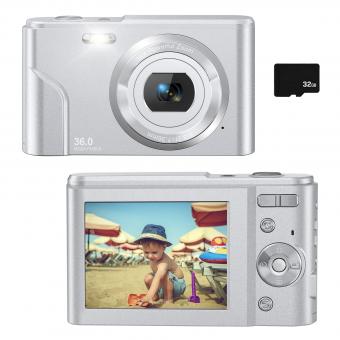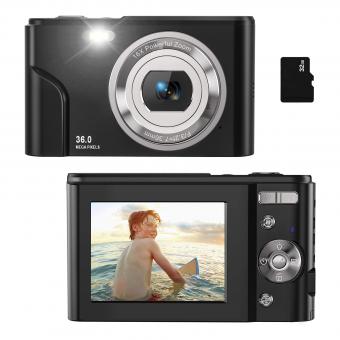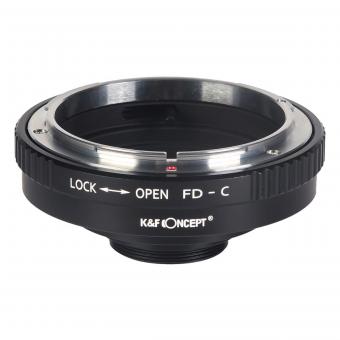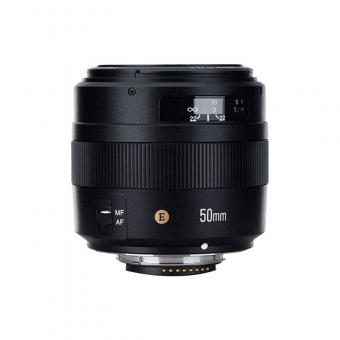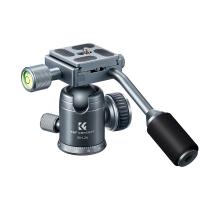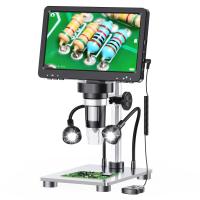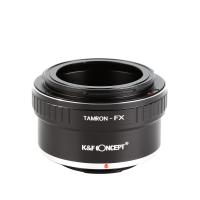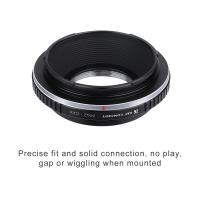Are Digital Cameras Dead ?
No, digital cameras are not dead. While the popularity of smartphones with built-in cameras has increased, digital cameras still have a significant market presence. They offer superior image quality, advanced features, and interchangeable lenses, making them preferred by professional photographers and enthusiasts. Additionally, digital cameras are widely used in various industries such as journalism, filmmaking, and scientific research. While smartphone cameras have become more advanced, digital cameras continue to evolve with new technologies and innovations, ensuring their relevance in the photography market.
1、 Decline in Sales and Market Share of Digital Cameras
The decline in sales and market share of digital cameras has been a topic of discussion in recent years. While it may be premature to declare digital cameras as dead, there is no denying that they have faced significant challenges in the face of advancing smartphone technology.
One of the main reasons for the decline in digital camera sales is the increasing quality of smartphone cameras. With each new smartphone release, the camera capabilities improve, offering convenience and ease of use that digital cameras struggle to match. The majority of consumers now have a capable camera in their pocket at all times, making it less necessary to invest in a separate device.
Additionally, smartphones offer a range of features and editing options that were once exclusive to digital cameras. With the rise of social media platforms, people are more interested in instantly sharing their photos online, and smartphones provide a seamless experience for this purpose.
Furthermore, the decline in sales can also be attributed to the fact that digital cameras have reached a point of saturation in the market. Many consumers who were interested in photography have already purchased a digital camera, and there is less demand for new purchases.
However, it is important to note that there is still a market for digital cameras, particularly among professional photographers and enthusiasts who require advanced features and superior image quality. Manufacturers have responded to this niche market by focusing on high-end models with innovative features and improved performance.
In conclusion, while the decline in sales and market share of digital cameras is evident, it is premature to declare them as dead. The rise of smartphone cameras and changing consumer preferences have undoubtedly impacted the industry, but there is still a demand for digital cameras among certain segments of the market. Manufacturers will need to adapt and innovate to cater to the evolving needs of consumers and find ways to differentiate their products from smartphones.

2、 Rise of Smartphone Photography and its Impact on Digital Cameras
The rise of smartphone photography has undoubtedly had a significant impact on the digital camera industry. With the increasing quality of smartphone cameras and the convenience they offer, many people are opting to use their smartphones as their primary photography device. This has led to a decline in sales of digital cameras and has raised the question of whether digital cameras are dead.
While it is true that smartphone photography has become incredibly popular, it would be premature to declare the death of digital cameras. There are still many professional photographers and photography enthusiasts who rely on the advanced features and superior image quality that digital cameras provide. Digital cameras offer a level of control and versatility that smartphones simply cannot match. They allow for interchangeable lenses, manual settings, and advanced image processing capabilities, which are essential for capturing high-quality images in various conditions.
Furthermore, digital camera manufacturers have recognized the impact of smartphones and have adapted accordingly. They have started incorporating smartphone-like features into their cameras, such as touchscreens, Wi-Fi connectivity, and advanced autofocus systems. Some manufacturers have even introduced mirrorless cameras, which combine the compactness of smartphones with the image quality and versatility of traditional digital cameras.
It is also worth noting that while smartphone cameras have improved significantly, they still have limitations. They struggle in low-light conditions, have limited zoom capabilities, and lack the ability to capture certain types of shots, such as those requiring long exposures or telephoto lenses.
In conclusion, while smartphone photography has undoubtedly had a significant impact on the digital camera industry, it is too early to declare digital cameras dead. They still offer unique features and capabilities that are valued by professional photographers and enthusiasts. The industry has also adapted to the rise of smartphones by incorporating smartphone-like features into their cameras. Ultimately, the choice between a smartphone and a digital camera depends on the individual's needs and preferences.
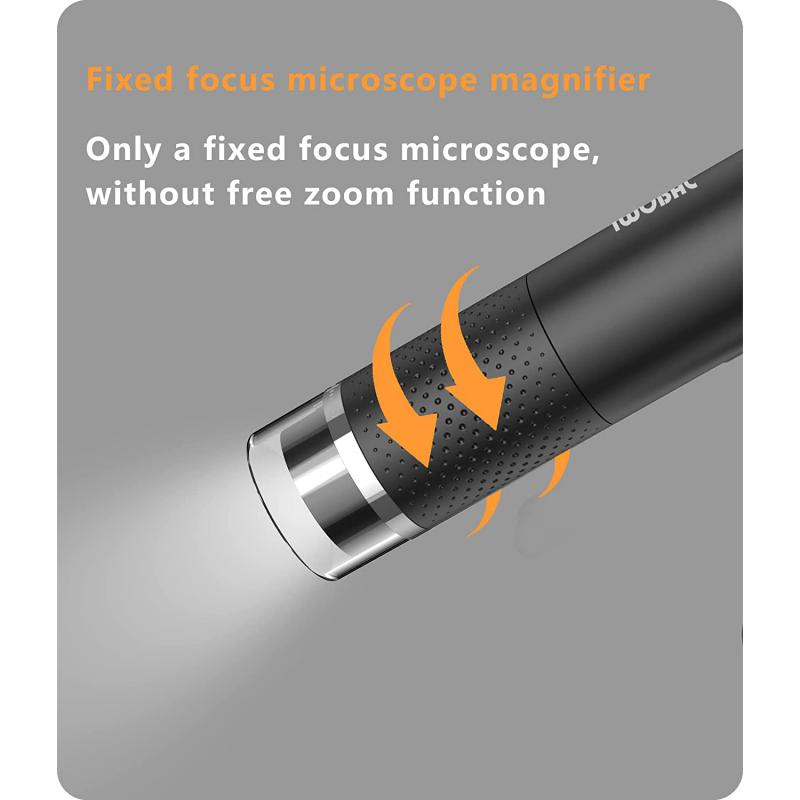
3、 Advancements in Mirrorless Camera Technology
Advancements in Mirrorless Camera Technology
Digital cameras are not dead, but they are certainly facing stiff competition from the advancements in mirrorless camera technology. Mirrorless cameras have been gaining popularity in recent years due to their compact size, improved image quality, and advanced features.
One of the key advantages of mirrorless cameras is their size and weight. Unlike traditional DSLR cameras, mirrorless cameras do not have a mirror box and optical viewfinder, which allows them to be much smaller and lighter. This makes them more portable and convenient for photographers who are constantly on the move.
Mirrorless cameras also offer improved image quality. With their electronic viewfinders and live view LCD screens, photographers can see exactly what the final image will look like before they even press the shutter button. This allows for more accurate framing and exposure adjustments, resulting in better overall image quality.
Furthermore, mirrorless cameras have been rapidly improving in terms of autofocus performance. Many mirrorless cameras now feature advanced autofocus systems that can track subjects with incredible precision and speed. This is particularly beneficial for sports and wildlife photographers who need to capture fast-moving subjects.
In addition, mirrorless cameras often come with a wide range of advanced features, such as in-body image stabilization, 4K video recording, and high-speed continuous shooting. These features, combined with the ability to use interchangeable lenses, make mirrorless cameras a versatile tool for photographers of all levels.
While digital cameras are not dead, it is clear that mirrorless cameras are becoming the preferred choice for many photographers. The advancements in mirrorless camera technology have made them a viable alternative to traditional DSLRs, offering improved image quality, portability, and advanced features. As technology continues to evolve, it will be interesting to see how digital cameras adapt and compete in this rapidly changing market.
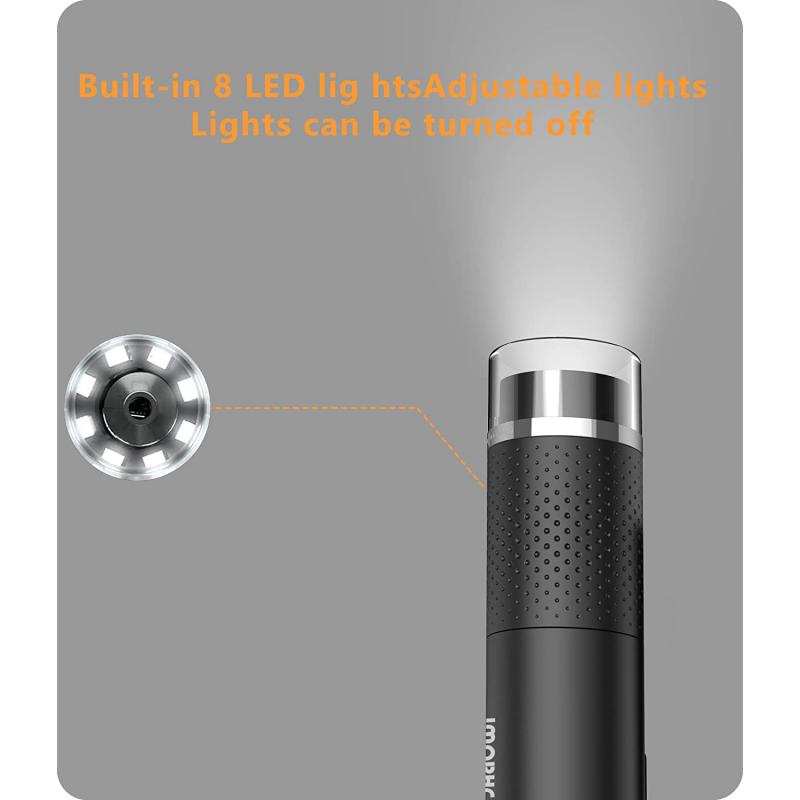
4、 Growing Popularity of DSLR Cameras among Photography Enthusiasts
Growing Popularity of DSLR Cameras among Photography Enthusiasts
While it is true that the rise of smartphones with advanced camera capabilities has impacted the digital camera market, it would be premature to declare digital cameras dead. In fact, the growing popularity of DSLR cameras among photography enthusiasts suggests that there is still a strong demand for dedicated photography equipment.
DSLR cameras offer several advantages over smartphone cameras, such as interchangeable lenses, larger image sensors, and manual controls. These features allow photographers to have more creative control over their images and achieve higher quality results. Additionally, DSLRs often have better low-light performance and faster autofocus, making them ideal for capturing action shots or shooting in challenging conditions.
Furthermore, the photography community continues to value the tactile experience and professional feel of using a dedicated camera. Many enthusiasts appreciate the physical dials and buttons that DSLRs offer, allowing for quick adjustments and a more intuitive shooting experience. The ability to attach different lenses also provides photographers with a wide range of creative possibilities, from capturing wide-angle landscapes to zooming in on distant subjects.
It is worth noting that the digital camera market has evolved to cater to changing consumer preferences. Mirrorless cameras, which offer similar advantages to DSLRs but in a more compact form, have gained significant traction in recent years. These cameras combine the convenience of digital technology with the versatility of interchangeable lenses, appealing to both professionals and hobbyists alike.
In conclusion, while smartphones have undoubtedly impacted the digital camera market, the growing popularity of DSLR cameras among photography enthusiasts suggests that they are far from dead. The demand for dedicated photography equipment, with its superior image quality and creative possibilities, continues to thrive. The industry's response to changing consumer preferences, such as the rise of mirrorless cameras, further demonstrates the resilience and adaptability of digital cameras in the face of evolving technology.









